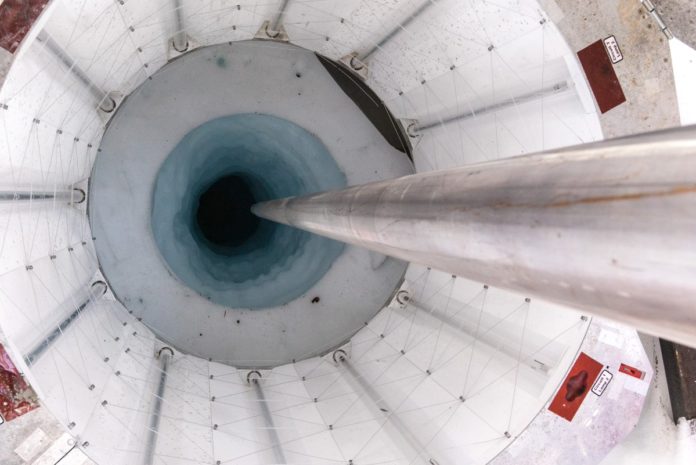Researchers drilling into a buried Antarctic lake 600 kilometers from the South Pole have discovered amazing indications of ancient life: the bodies of tiny animals preserved under a kilometer of ice. Scientists have found the bodies of tardigrades, algae, diatoms, and small crustaceans in a body of water.
The discovery marks the first results from that project, which seeks to understand these strange, watery environments.
The carcasses originated from either 10,000 or 120,000 years back amid warming periods, after which ice smothered the lake again. It’s now unclear how the life, especially the land-staying, microscopic tardigrade, and a certain fungus, got down there. In any case, it’s imagined that they subsisted on microscopic organisms in the water.
Slawek Tulaczyk, a glaciologist at the University of California, Santa Cruz, who is not part of the SALSA team said, “This is really cool. It’s definitely surprising.”
SALSA’s project leader, John Priscu, pointed out that his team was careful to rule out sources of contamination, and brought in an outside expert to verify what they’d seen. The expert confirmed that the organisms looked like they’d been dead for thousands of years and that they were similar to ones found in some of Antarctica’s glacier-free regions. It’s worth remaining skeptical, however; there’s no peer-reviewed paper to back up the claims just yet.
The group will now endeavor to date the materials, sequence their DNA, and investigate samples from different lakes examined by the SALSA mission to recount the full story.
Chemical analyses of carbon in the carcasses could also confirm whether the animals lived in a sunlit ecosystem, fed by photosynthetic algae — or whether some might have survived for a time in a dark, subglacial environment.
